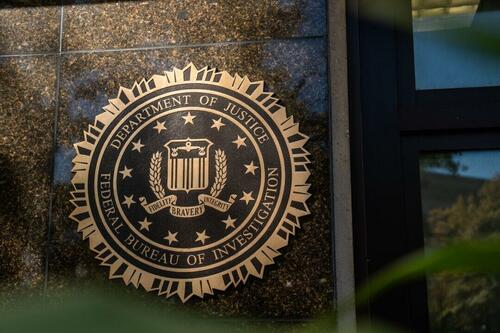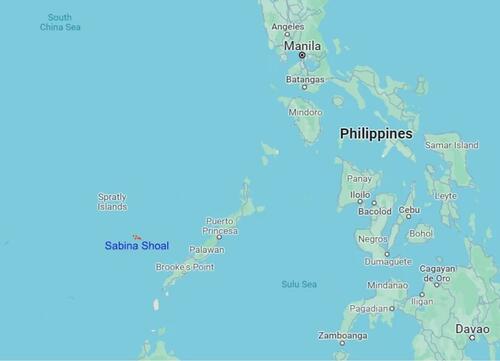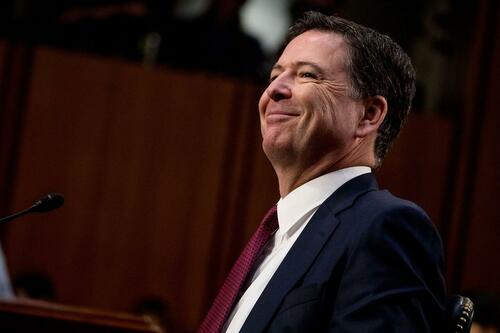John Mearsheimer: Why Diplomacy Is Going Nowhere & Ukraine Is Doomed
With Zelensky having much-belatedly dropped aspirations for Ukraine's NATO membership, European officials are now openly admitting what pretty much everyone knew but was afraid to say.
EU High Representative for Foreign Affairs and Security Policy Kaja Kallas has newly acknowledged in fresh remarks that Ukraine's membership in the military alliance is now obviously "out of the question" - but that the European Union now needs to provide concrete security guarantees.
"Now if this [Ukraine’s NATO membership] is not in question, or this is out of the question, then we need to see what are the security guarantees that are tangible. They can’t be papers, or promises, they have to be real troops, real capabilities," she told reporters ahead of an EU Foreign Ministers meeting.
Kallas asserted that "in the last 100 years, Russia has attacked at least 19 countries," and so this means "the security guarantees are needed for all other members" in the EU.
 Image via European Union
Image via European Union
Europe is likely still going to propose some scheme not acceptable to Moscow, such as "Article 5-style" security guarantees, falling just short of NATO membership. But Russian leaders are just going to see keep viewing this as but a recipe for future conflict.
This is precisely what Zelensky is now demanding in place of dropping the NATO bid. "We are talking about bilateral security guarantees between Ukraine and the United States — namely, Article 5-like guarantees ... as well as security guarantees for us from our European partners and from other countries such as Canada, Japan and others," he recently told Financial Times.
While rejecting the US deal which hinges on significant territorial concessions, Zelensky is hailing his new stance as some kind of grand compromise.
"These security guarantees are an opportunity to prevent another wave of Russian aggression," he had said over the weekend. "And this is already a compromise on our part." But this should have been taken off the table all the way back in February of 2022, on the eve of the Russian invasion, or even well before. Of course, he's much too late 'offering' this 'concession'.
As we pointed out earlier, the open secret has for years been that the Washington and EU establishments know full well that it was historic and recent constant NATO expansion which led to this horrific, grinding war. This reality is so well understood that in their private, non-official commentary even former top Biden officials fully admit the fact.
Yet these same Biden officials had while in government pursued policies fueling the Ukrainian proxy war as they wanted to 'weaken' Russia. They considered the issue of NATO expansion as a prime rationale of Russia's invasion to be an off-limits talking point.
All of the above developments suggest that diplomacy is still going nowhere, also as Kiev has still not been induced to offer anything 'real' (from Moscow's perspective) that would be enough to permanently end the war and achieve lasting peace.
According to a recent podcast appearance by geopolitical analyst and University of Chicago professor John Mearsheimer, "there is virtually no reason to think that a peace agreement can be struck to end the war, despite all the diplomatic maneuvering that has been taking place in recent months."
He continued... "For sure, diplomacy is a good thing in principle, but in practice it is going nowhere in this case. Russian demands are completely at odds with Ukrainian and European demands. And neither side is willing to budge an inch. Moreover, many seem to think that the proposal the Trump administration is pushing is a joint US-Russian plan — one that both Moscow and Washington support — when in fact there is no evidence that the Russians have accepted Trump’s 27-point plan."
"Indeed, that proposal is unacceptable to the Russians as they made clear on December 4th. Diplomacy will only become relevant when there is a major development on the battlefield that tells both sides that it is time to negotiate an armistice, turning the hot war into a frozen conflict." Watch the full interview below:
Tyler Durden Mon, 12/15/2025 - 23:00

 Media tycoon and Beijing critic Jimmy Lai, via Associated Press
Media tycoon and Beijing critic Jimmy Lai, via Associated Press




 Google Maps
Google Maps

 Illustrative, via Gcaptain.
Illustrative, via Gcaptain. Rather than simply giving beneficiaries 10 years to drain inherited IRAs at the pace of their choosing, the IRS insisted on a more complicated annual requirement
Rather than simply giving beneficiaries 10 years to drain inherited IRAs at the pace of their choosing, the IRS insisted on a more complicated annual requirement Inaction between now and Dec 31 could trigger a big tax penalty for owners of inherited IRAs
Inaction between now and Dec 31 could trigger a big tax penalty for owners of inherited IRAs



Recent comments